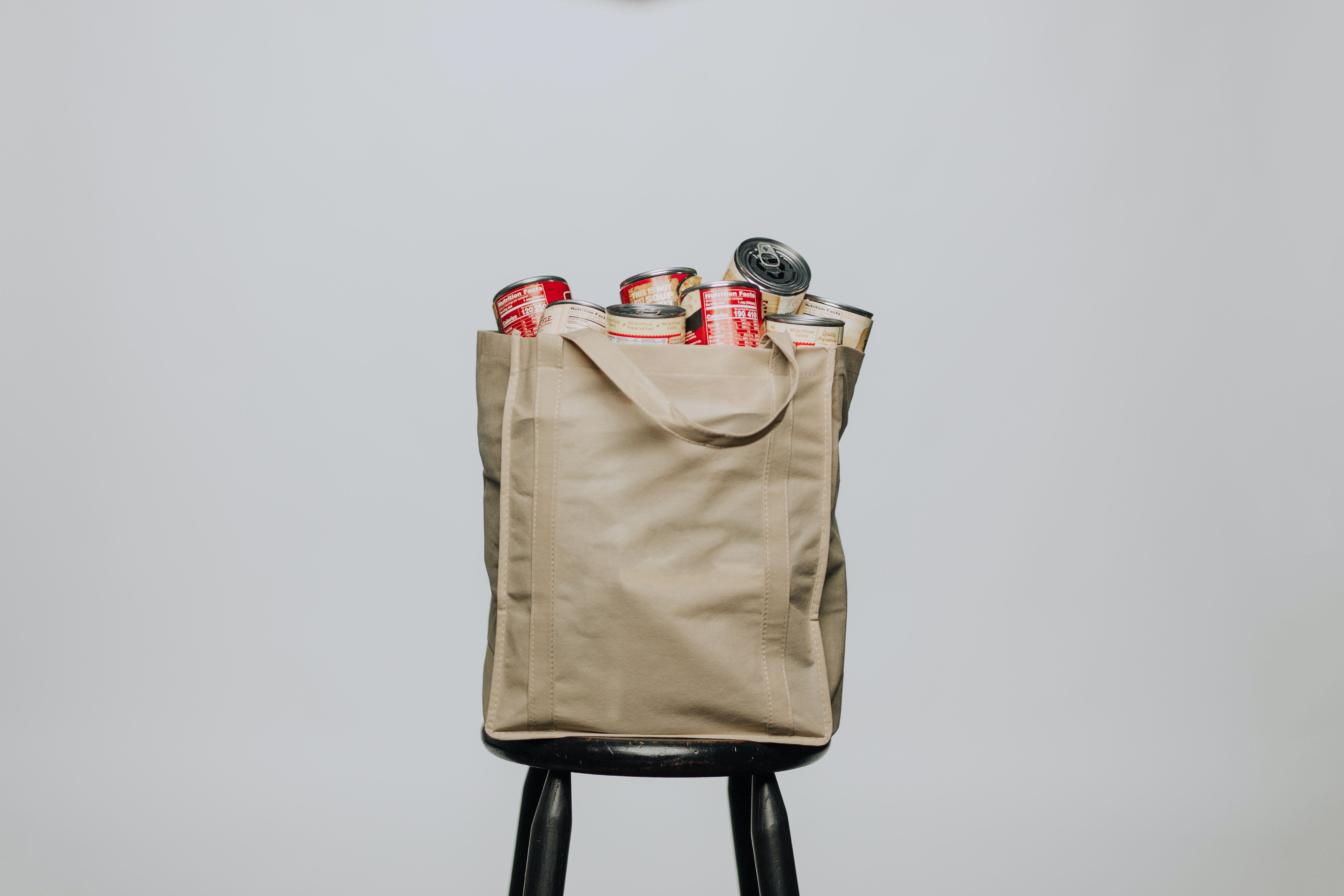Dismantling Disability in Dietetics
By Emily Cowles

Introduction
In the late 1960s the deinstitutionalization of people with intellectual and physical disabilities began as a result of advocacy for better living conditions. A more community based, flexible care model was implemented; allowing services to be provided based on an individual’s needs. States have been in the process of housing and providing federal services for those with disabilities ever since. The demand is much greater than the supply and research is ongoing to provide the best care and services to this population.1 Most people with intellectual and physical disabilities need an interdisciplinary team to provide the best care possible. They are at high risk for obesity, malnutrition and other comorbidities.2 Dietitians are essential members of the interdisciplinary team and need to be leading the way in providing innovative nutrition solutions.
Accessible Spaces
In 2012, all new commercial buildings constructed needed to be compliant with the 2010 ADA Standards for Accessible Design. This does not include building codes for homes or personal dwellings.3 The latest Food Code and the Americans with Disabilities Act (ADA) list requirements for hiring, reasonable accommodations and discrimination policies within a foodservice operation.1 These policies do not offer methods of accomodation or implementation.
Dietitians in foodservice and retail positions can work to better the accessibility within their buildings and the surrounding environment. They can design programs and policies that enable access to jobs and food to those with disabilities.
Since homes do not have to build to ADA standards, a whole new set of accessibility issues are raised. Dietitians know to create behavior change, people must have the tools and resources to carry it out. Being involved in food preparation creates positive food habits.4 Creative thinking, partnering with an interdisciplinary team, and listening to the individual can create the transformation needed for a healthy lifestyle change and potentially decrease the incidence of comorbidities such as heart disease and type 2 diabetes. Together inaccessible kitchens can become accessible through equipment, adaptation of living spaces and personal support.5
Accessible Cooking
Recipes are written in their own language that those with disabilities may not be able tounderstand. They often rely on visual or audio cues such as, “when translucent” or “tap for hollow sound”. Instructions follow a format that can be difficult to track. Many steps are left out or unexplained, building off of the reader’s assumed knowledge. Rarely are alternatives given.6 Cookbooks written for use by the disability population are few and prohibitively expensive.
Many are presented in a childish format, demeaning the population they are trying to reach. While the rise of youtube and blogging have increased visuals, the internet is not always available nor are the majority of food videos filmed or subtitled in an accessible manner.
This field is ripe for dietitians to develop new ways of presenting recipes, adapting existing resources, and teaching healthy cooking practices. The dietitian’s individual relationship allows for tailoring resources specifically to the client’s needs whether it is cognitive, physical or temporary.
Accessible Food
In 2012, a research study showed 43% of consumers had a negative view of processed foods and considered them bad, even though the definition of processed food is very broad.7 This mindset needs to be counteracted by dietitians. Frozen vegetables, pre chopped garlic and other herbs, canned products and premade deli foods can provide valuable nutrition to those who do not have the energy to prepare or cannot safely prepare a complete meal from scratch.6 Dietitians need to understand and utilize all food options available to their clients so they can meet their nutrient requirements and live a healthy life.
Conclusion
The spectrum of intellectual and physical disability is broad; therefore, dietitians need to lead the way in creating new formats to deliver nutrition information and healthy eating skills to one of the most at risk segments of our population. Dietitians can create new recipe formats, redesign and label grocery stores, and design restaurants and cooking spaces with easier accessibility. In this way, people with physical and intellectual disabilities can also reap the benefits of preparing, cooking and eating healthy, delicious food.
References
- Davis, D., Fox-Grage, W. and Gehshan, S., 2020. Deinstitutionalization Of Persons With Developmental Disabilities: A Technical Assistance Report For Legislators. [online] Mn.gov. Available at: https://mn.gov/mnddc/parallels2/pdf/00s/00/00-DPD-NCS.pdf [Accessed 10 October 2020].
- Ptomey, Lauren T. et al. Position of the Academy of Nutrition and Dietetics: Nutrition Services for Individuals with Intellectual and Developmental Disabilities and Special Health Care Needs Journal of the Academy of Nutrition and Dietetics, Volume 115, Issue 4, 593 - 608
- Search ADA.gov. (n.d.). Retrieved October 10, 2020, from https://www.ada.gov/2010ADAstandards_index.htm
- Martin, Donna S. Before It’s a Lost Art: Help Clients and Patients Learn to Cook Journal of the Academy of Nutrition and Dietetics, Volume 117, Issue 11, 1707
- Han, E. (2019, June 05). Cooking with a Physical Disability. Retrieved October 10, 2020, from https://www.thekitchn.com/cooking-with-a-physical-disability-171416
- Katz, ~. (2018, February 23). What Does Disability Have To Do With Cooking? Retrieved October 10, 2020, from https://flavorsofdiaspora.com/2018/02/23/what-does-disability-have-to-do-with-cooking/
- Fox, Matthew Defining Processed Foods for the Consumer Journal of the Academy of Nutrition and Dietetics, Volume 112, Issue 2, 214
